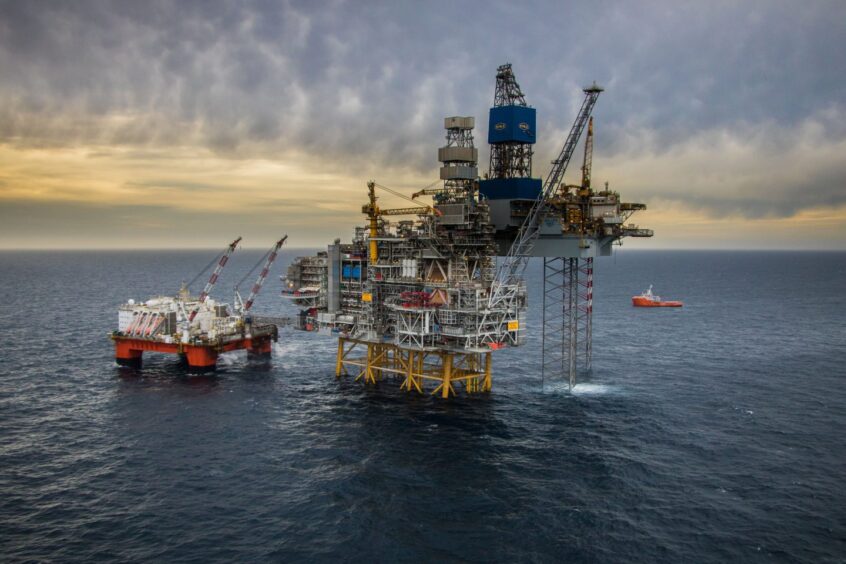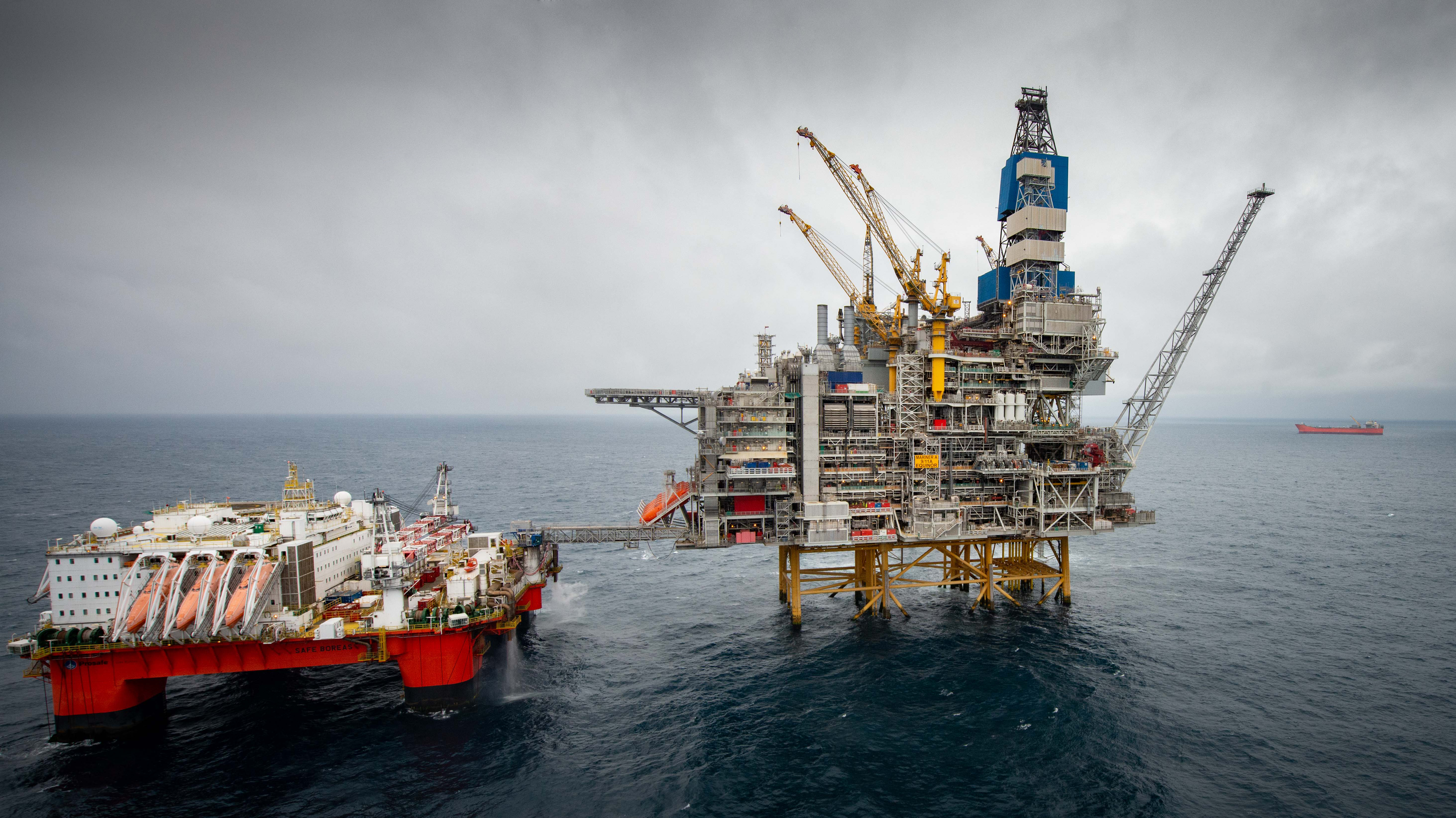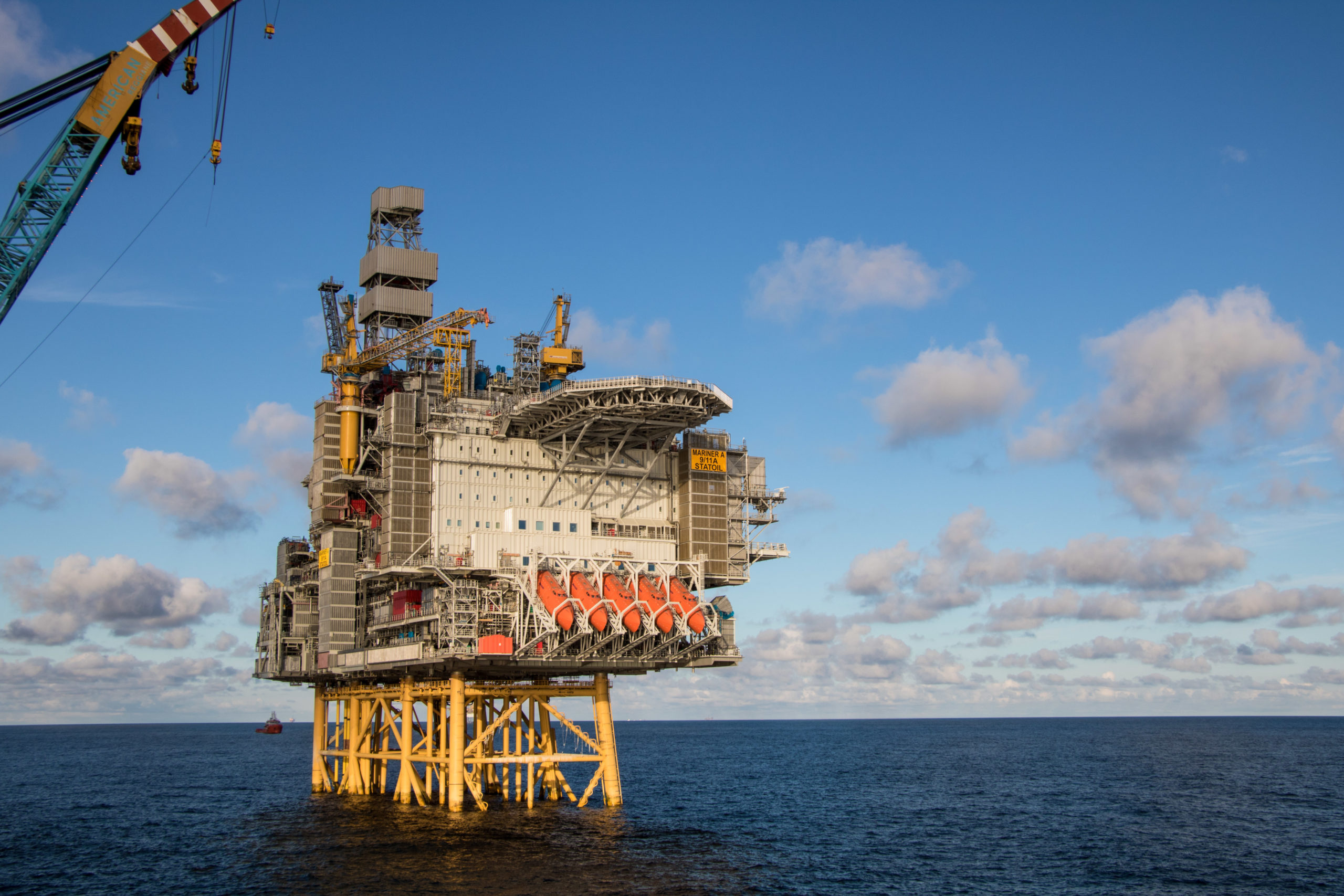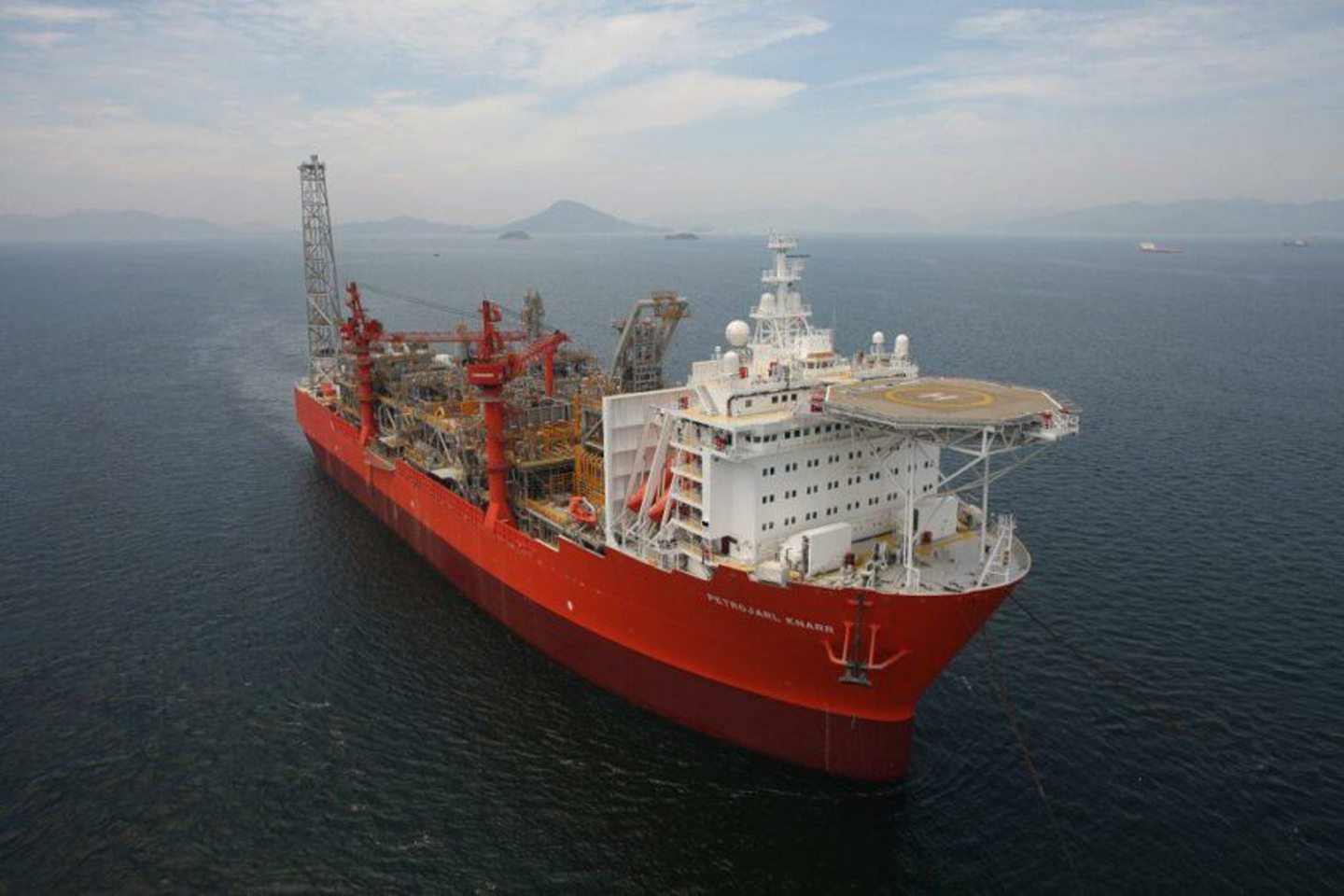 © Jamie Baikie / Equinor
© Jamie Baikie / Equinor North Sea operator Equinor is facing equipment challenges at its Mariner field less than five years after the start of production.
Speaking at the Offshore Energies UK (OEUK) Share Fair event in Aberdeen this week, Equinor operations and maintenance leader David Holdsworth listed equipment issues as one of the key challenges facing the platform.
“We’ve been in production for five years (at Mariner) and typically you would see, on a bathtub curve, failure rates dropping off at that point, but we’re still seeing reliability challenges on a number of pieces of equipment,” Mr Holdsworth said.
“Although Mariner is a new field, only five years in production, we’re already seeing obsolescence with a lot of the equipment we have.”
Equinor invested £6.4 billion ahead of first oil from Mariner in 2019, but just two years later the Norwegian state-owned firm took a £1.3 billion impairment after a major downgrade to its recoverable reserves.
Mariner is one of several heavy oil fields East of Shetland which have posed a complex challenge for North Sea operators.
Some of the areas of equipment on Mariner already facing issues include plate heat exchangers, rotating equipment and the sourcing of replacement parts.
Mr Holdsworth said rotating equipment is a “repeat issue” at Mariner for the Norwegian state-owned operator.
“A lot of pumps and some mechanical seal issues that we’ve seen to date, apparently the rates through the pumps are different to what we were expecting in design,” he said.
Mr Holdsworth said Equinor is seeking input from supply chain firms with experience in reverse engineering, sourcing spares, or new solutions to replace equipment to increase performance.
Alternate power solutions for Mariner
Elsewhere on the platform, Mr Holdsworth said Equinor is keen to explore alternate solutions for main power generation to reduce emissions on the Mariner A and Mariner B assets, which are currently powered by gas turbines and diesel engines respectively.
“[We’re] really keen to see what we can do around emissions reductions on those packages, [whether] that’s by alternative fuels or optimising waste heat recovery,” he said.
“Reducing emissions is obviously key for the industry and it’s obviously key for us as an operator as well, so we’re really keen to hear any experience around that.”
Mr Holdsworth also said Equinor is increasingly looking at ways it can incorporate innovation into its operations at Mariner to reduce the workload of its offshore staff.
“We have a lot of digital tools, digital field work, electronic systems and monitoring and optimisation,” he said.
“But [Mariner] was built now between five and 10 years ago, so things will have moved on again.
“So what new [things] can we bring to keep Mariner producing for the life of the field at a high rate and reducing maintenance intervention.”
Mr Holdsworth said Equinor is looking to use technology to bring some roles onshore and to optimise change up frequencies at the platform.
Rosebank ‘largely on schedule’
In addition, Equinor gave an update on the progress of its controversial Rosebank development West of Shetland.
Equinor senior contract specialist Helen Chestnutt said the company is “largely on schedule” with the Rosebank project, with the FPSO currently in Dubai for modifications.
“As you would imagine, [the FPSO] provides us with a number of challenges and suprises, [and] there’s lots of areas that perhaps we weren’t expecting,” Ms Chestnutt said.
“But there’s also some good news as well. We don’t have anything there that’s giving us a schedule concern.
“The SURF scopes are underway, all the drilling and wells contracts are in place and that planning phase is well underway with a view to do drilling next Spring.
“We’re well underway with the [pre-operations] work, personnel, ramp up procedures and [we have] a good understanding of the post-first oil requirements.”
Ms Chestnutt said Equinor is still working towards a target of achieving first oil at Rosebank in the fourth quarter of 2026.



